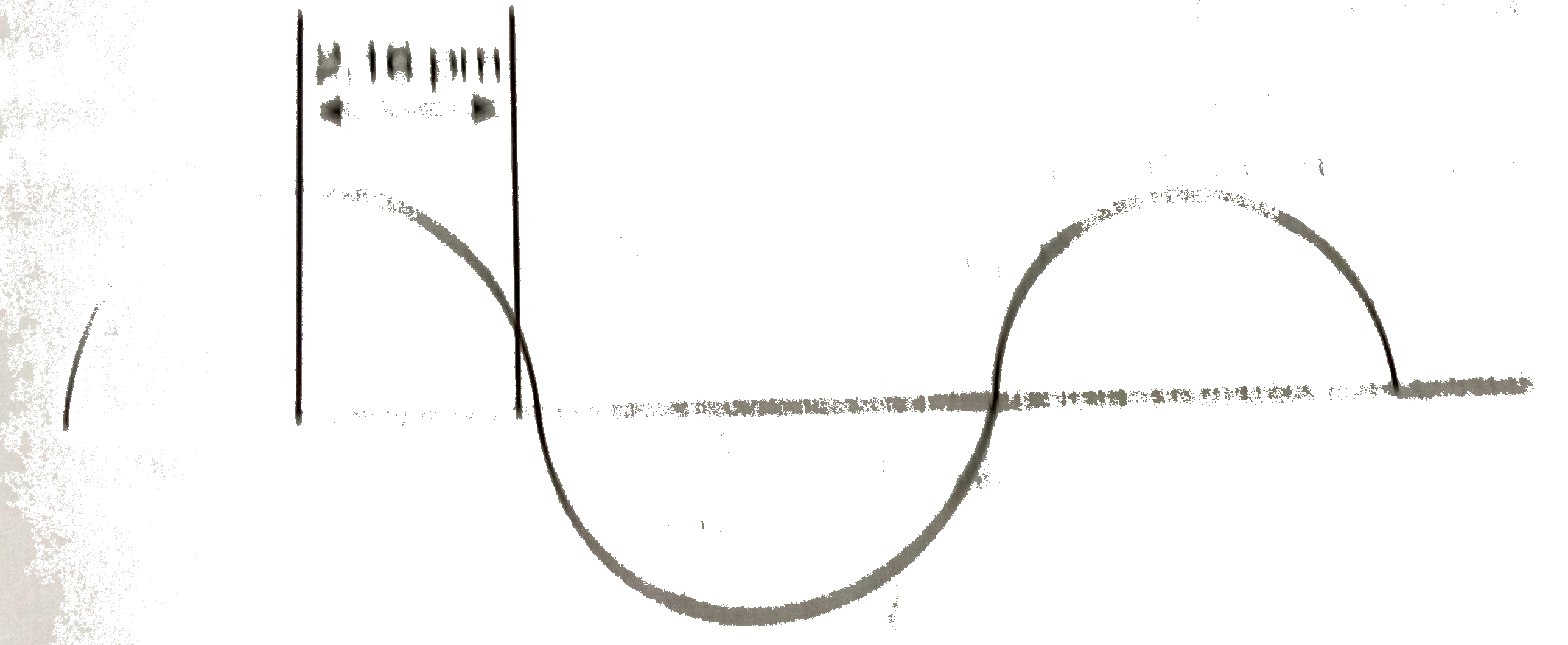Consider a hypothetical annihilation of a stationary electron with a stationary positron. What is the wavelength of the resulting radiation?
A
h2m0C
B
`(2h)/(m_(0)C)`
C
hm0C
D
h√2m0C
Video Solution
Text Solution
The correct Answer is:C
hcλ+hcλ=m0C2+m0C2
|
Updated on:21/07/2023
Topper's Solved these Questions
- BOOK - NARAYNACHAPTER - NUCLEI EXERCISE - ASSERTION & REASON5videos
NUCLEI
- BOOK - NARAYNACHAPTER - NUCLEI EXERCISE - EXERCISE-330videos
NUCLEI
- BOOK - NARAYNACHAPTER - NUCLEAR PHYSICSEXERCISE - LEVEL-II-(H.W)9videos
NUCLEAR PHYSICS
- BOOK - NARAYNACHAPTER - RAY OPTICS AND OPTICAL INSTRAUMENTS EXERCISE - EXERCISE- 4 One or more than one correct answer type13videos
RAY OPTICS AND OPTICAL INSTRAUMENTS
Similar Questions
Knowledge Check
- Question 1 - Select One
Consider a hypothetical annihilation of a stationary electron with a stationary positron. What is the wavelength of the resulting radiation?
Ah2m0CB2hm0CChm0CDh√2m0C - Question 2 - Select One
Velocity of an electron in the Iind stationary orbit of hydrogen atom is
AEqual to velocity of lightBEqual to 1137 times velocity oflightCEqual to velocity of an electron in sixth stationary orbit of Li+2DEqual to 1274 times of the velocity of light - Question 3 - Select One
Total energy of electron in nth stationary orbit of hydrogen atom is
A13.6n2JouleB13.6n2eVC−13.6n2eVD−13.6n2Joule
A hypothetical electromagnetic wave is shown in figure. Find out the wavelength of the radiation.
 View Solution
View SolutionWhat is the interpretation of Bohr's stationary orbit's in terms of the Broglie wavelength of the electron in that orbit ?
View SolutionWhen electrons revolve in stationary orbits,
View SolutionA strong magnetic field is applied on a stationary electron, then
View SolutionWhen electrons revolve in stationary orbits,
View Solution

